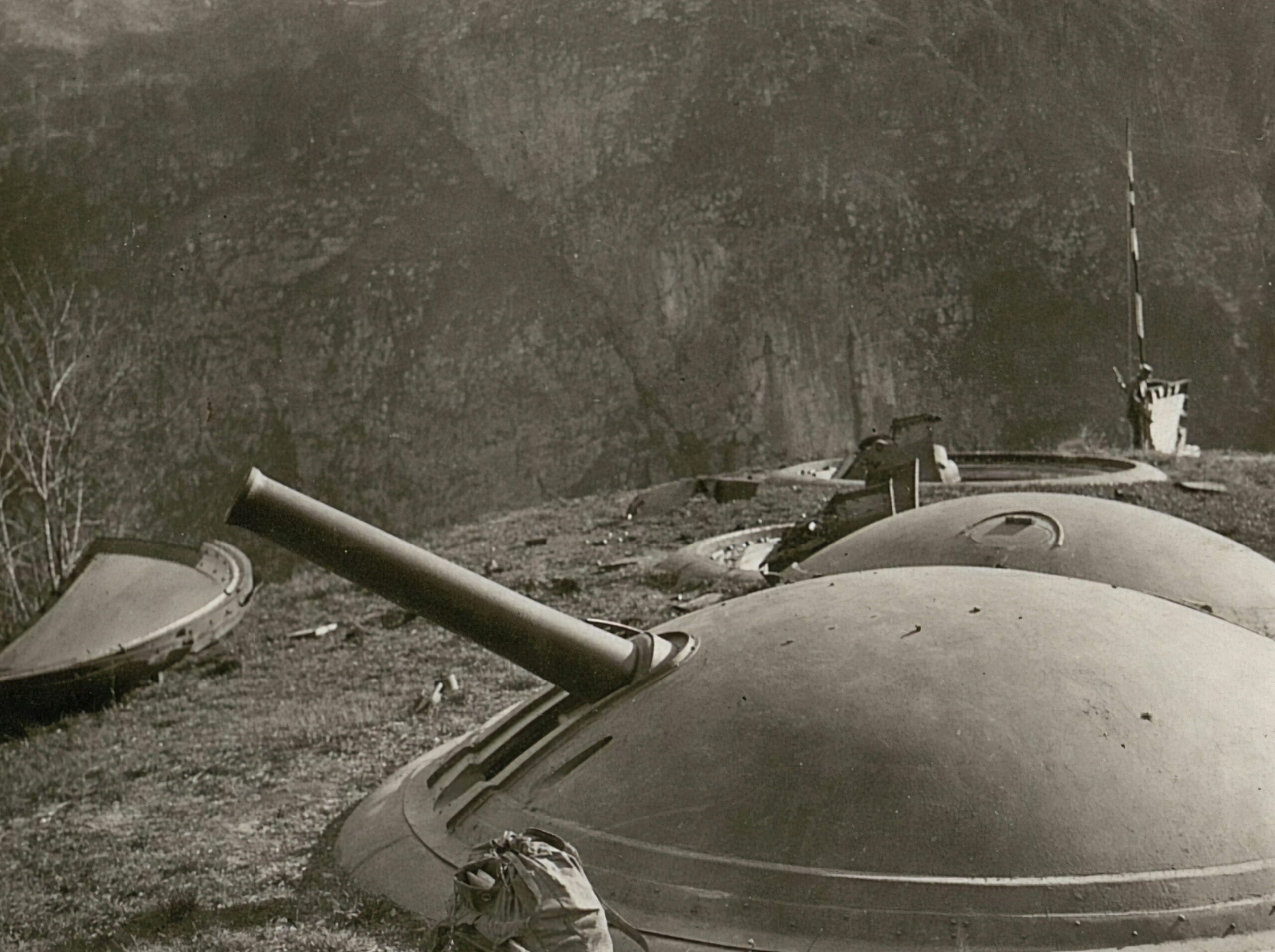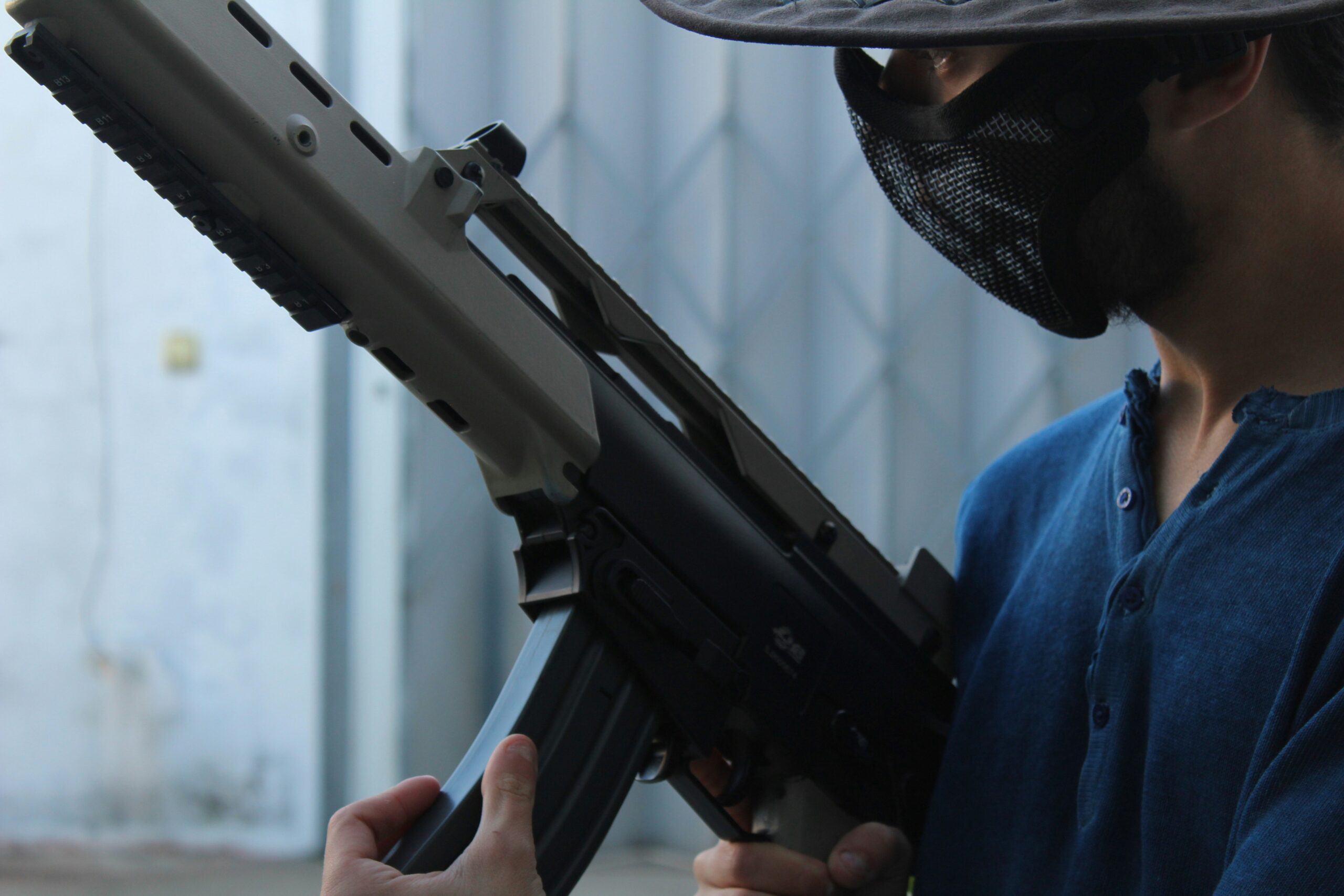Imagine you’re out on the shooting range, trying to improve your accuracy. As you look for ways to enhance your aim, you come across two popular options: red dot sights and holographic sights. Now, you might be wondering, what’s the difference? Well, let’s break it down for you. Red dot sights work by projecting a simple, illuminated dot onto a lens, while holographic sights use a laser to create a reticle that appears to float in mid-air. In this article, we’ll explore the distinctions between these two types of sights, helping you make an informed decision when it comes to boosting your shooting skills. So, let’s get started and dive into the world of red dots and holographics!
Understanding Red Dot Sights
What constitutes a Red Dot Sight?
A Red Dot Sight, commonly abbreviated as RDS, is a type of firearm optic that allows the shooter to aim accurately by superimposing a red dot reticle onto the target. Unlike traditional iron sights that rely on alignment, a red dot sight removes the need for aligning the front and rear sights, making it easier and faster to acquire and track targets.
Types of Red Dot Sights
There are various types of red dot sights available in the market today. The most common ones include tube style red dot sights and open reflex red dot sights. Tube style red dot sights are designed with a cylindrical housing that encloses the optics and the aiming reticle. On the other hand, open reflex red dot sights have a more compact design that eliminates the cylindrical housing, allowing for a wider field of view and less obstructed vision.
How Red Dot Sights work
Red dot sights utilize a simple but effective optical system to project a dot onto a glass lens that appears to be superimposed on the target. Inside the sight, there are LED (Light Emitting Diodes) and mirrors that bounce the LED light onto the lens. This creates a clear and precise red dot that is visible to the shooter. When correctly zeroed, the red dot aligns with the point of impact, allowing for accurate aiming.
Pros and Cons of Red Dot Sights
Red dot sights offer several advantages for shooters. Firstly, they provide better target acquisition and tracking speed, as shooters only need to focus on the red dot rather than aligning traditional iron sights. Additionally, red dots work well in low light conditions, making them suitable for shooting in dimly lit environments. One downside, however, is that red dot sights can lack precision at longer distances, as the dot may cover a larger portion of the target.
Understanding Holographic Sights
What constitutes a Holographic Sight?
A Holographic Sight, also known as Holo Sight, is a type of firearm optic that uses holography to display a reticle. Instead of using LED light and mirrors like red dot sights, holographic sights use laser light technology to create a hologram of the reticle directly in the field of view. This allows for a more precise aiming point and improved situational awareness.
Types of Holographic Sights
The most common type of holographic sights is the EOTech Holographic Weapon Sights, which has gained popularity among military and law enforcement professionals. EOTech sights utilize advanced holographic technology to project a hologram of a reticle on a glass lens. This provides the shooter with a sharp and clear aiming point, making it easier to acquire and engage targets quickly.
How Holographic Sights work
Holographic sights work by passing laser light through a series of optical lenses, which expands and collimates the beam. The laser light then reflects off a mirrored surface and onto a holographic film, creating a hologram of the reticle. When the shooter looks through the sight, the hologram is visible, appearing to be at the same range as the target. This allows for accurate aiming and quick target acquisition.
Pros and Cons of Holographic Sights
Holographic sights offer several advantages compared to red dot sights. The holographic reticle provides a more precise aiming point, especially at longer distances, as the reticle does not cover as much of the target. Holographic sights also excel in situations where the shooter needs to engage multiple targets quickly, thanks to the larger field of view and unlimited eye relief. However, holographic sights tend to be more expensive and consume more battery power than red dot sights.

Comparing Red Dot Sights and Holographic Sights
Physical Characteristics
In terms of physical characteristics, red dot sights generally have a tube-shaped design, while holographic sights have a more compact and open reflex design. Red dot sights often have a larger footprint and may be bulkier, weighing more than holographic sights.
Viewing Windows
Red dot sights typically have a single viewing window, which may limit the shooter’s peripheral vision. On the other hand, holographic sights often have a larger viewing window, providing a wider field of view and better situational awareness.
Brightness Settings
Both red dot sights and holographic sights come with adjustable brightness settings. However, red dot sights typically have a wider range of brightness settings, accommodating various lighting conditions, including extremely bright or low light environments. Holographic sights may have fewer brightness options but often offer a night vision mode.
Battery Life
When it comes to battery life, red dot sights tend to have longer-lasting batteries compared to holographic sights. This is because red dot sights rely on LED technology, which is more power-efficient than the laser technology used in holographic sights.
Ease of Use and Adjustments
Red dot sights are known for their simplicity and ease of use. They often feature straightforward controls, making them user-friendly for shooters of all experience levels. Holographic sights, while still relatively easy to use, may have a steeper learning curve due to additional features and adjustments.
The Science Behind Both Sights
Understanding the Reflector System in Red Dot Sights
Red dot sights utilize a reflector system that consists of LED light and mirrors. The LED light emits a focused beam that is redirected by the mirrors onto a glass lens. This reflection creates a clear, single dot reticle that is superimposed onto the target. The size of the dot can vary depending on the specific model and settings.
Understanding the Laser Illumination System in Holographic Sights
Holographic sights employ a laser illumination system to create the reticle hologram. A laser beam is passed through a series of lenses that shape and expand the beam. The laser light is then reflected off a mirrored surface and onto a holographic film. This results in the formation of a three-dimensional reticle hologram.

Impact on Shooting Accuracy
How Red Dot Sights influence accuracy
Red dot sights can have a significant impact on shooting accuracy. By eliminating the need for aligning traditional iron sights, shooters can acquire and track targets faster, improving overall accuracy. However, the size of the red dot reticle can affect accuracy at longer distances, as it may cover a larger portion of the target.
How Holographic Sights influence accuracy
Holographic sights are known for their precise aiming points, which can greatly enhance shooting accuracy. The holographic reticle allows for more precise alignment with the target, especially at longer ranges. The hologram appears to be at the same range as the target, reducing parallax error and improving accuracy. However, it’s worth noting that shooter skill and experience also play a crucial role in accuracy, regardless of the optic used.
Durability and Reliability
Comparing the build quality of Red Dot and Holographic Sights
Both red dot sights and holographic sights are built to withstand the rigors of use in various shooting environments. However, red dot sights generally have a more rugged and durable construction, often featuring robust, shock-resistant housings that can withstand heavy recoil and impact. Holographic sights, while still durable, may have more delicate components due to the advanced holographic technology used.
How each sight handles challenging conditions and physical shock
Red dot sights are known for their excellent performance in challenging conditions. Many models are fog-proof, waterproof, and shock-resistant, ensuring reliable operation even in adverse weather or high-impact situations. Holographic sights are also designed to withstand harsh conditions, but the more complex internal components may make them slightly more susceptible to damage from physical shock.

Ideal Situations for Each Sight
When to use Red Dot Sights
Red dot sights are ideal for various shooting scenarios, including close-quarters combat, home defense, and fast-paced competitions. The quick target acquisition and ease of use provided by red dot sights make them highly effective in situations where speed and agility are paramount.
When to use Holographic Sights
Holographic sights excel in scenarios where precision and accuracy are crucial, such as long-range shooting and professional applications. The holographic reticle allows for more precise aiming points, making them suitable for engagements at extended distances.
Compatibility and Mounting Options
Mounting options for Red Dot Sights
Red dot sights can be mounted on a wide range of firearms, including pistols, rifles, and shotguns. They often use standard mounting systems such as Picatinny or Weaver rails. Additionally, there are various adapters and mounts available to ensure compatibility with different firearms.
Mounting options for Holographic Sights
Holographic sights also offer versatile mounting options. They can be attached to firearms using Picatinny or Weaver rails, just like red dot sights. The advanced holographic technology allows for a compact design, making them suitable for use with smaller firearms or when weight is a concern.
Comparing Prices
Price range of Red Dot Sights
Red dot sights come in a wide range of prices, varying from budget options to high-end models. Entry-level red dot sights can be found for as low as $50, while premium models can cost upwards of $1000. The price often reflects the quality, features, and durability of the optic.
Price range of Holographic Sights
Holographic sights tend to be more expensive compared to red dot sights. While there are some budget-friendly options available, most holographic sights range from $400 to $1000, with high-end models exceeding $1500. The additional cost is due to the advanced technology and precise manufacturing required to produce holographic reticles.
Final Takeaway: Choosing Based on Personal Preference and Conditioning
Key considerations when choosing a sight
When deciding between a red dot sight and a holographic sight, there are several factors to consider. These include the specific shooting application, intended shooting distances, budget, and personal preference. It’s essential to evaluate the strengths and weaknesses of each type of optic and determine which one aligns best with your needs and shooting style.
Understanding that personal preference plays a major role
Ultimately, the choice between a red dot sight and a holographic sight will largely depend on personal preference and shooting preferences. Both types of optics offer their own unique advantages and disadvantages. It’s crucial to try out different models and seek expert advice to make an informed decision based on what works best for you. Remember, what may work for one shooter may not necessarily work for another, so choose based on your preferences and conditioning.
